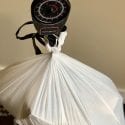
Students track their lunch waste every day for a week and test strategies for reducing the amount...
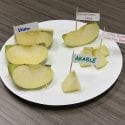
An apple is sliced into pieces to model the amount of agricultural land being used on Earth...
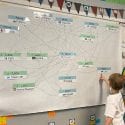
Students construct a word web to show the possible cause and effect relationships of a growing population....

Riddles that help students conceptualize large numbers and understand the concepts of exponential growth and doubling time.
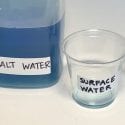
Students observe a demonstration of how much water is available on the planet for human consumption and...
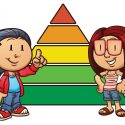
Elementary-level reading on people’s needs and wants, and how individuals and groups access the things they need.

Elementary-level reading that discusses populations and the habitats that support them.

Students use small manipulatives and a sampling method to estimate the population of flowers in a field....

In a simulation game, students draw renewable resources from a common pool and determine short-term consumption strategies...
PopEd Impact
campuses
"The activities not only bring out important content, but they also provide real-world context for environmental, population and sustainability issues. They engage participants in very thought-provoking and critical-thinking discussions.”
Helen de la Maza, Environmental Educator, Irvine, CA

